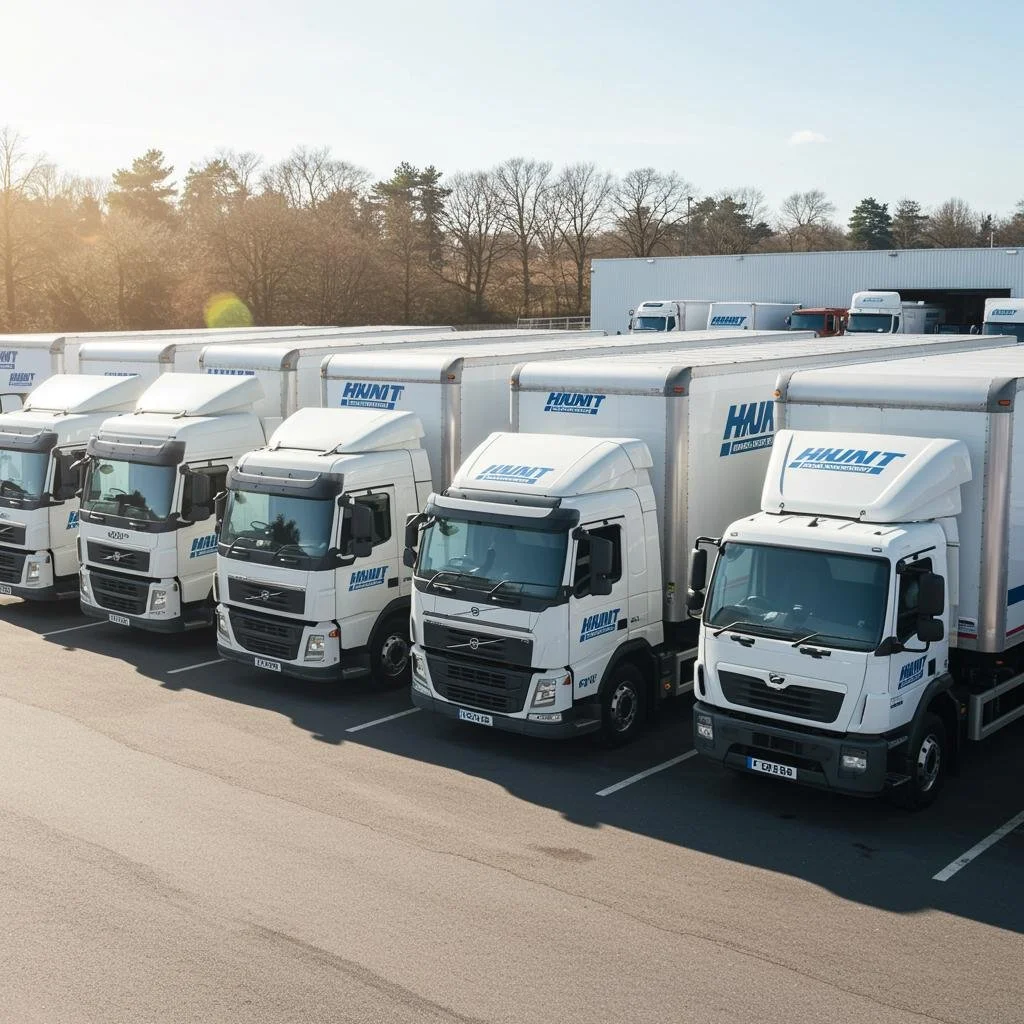Indeed, satisfactory customer service can encourage client loyalty and foster stronger client relationships, setting your brand apart in a competitive marketplace. If you are unsure of how to accomplish this, the following tips will help you achieve the desired outcome.
01
Ensure constant communication
Keeping an open line of communication is an easy and effective way to keep your clients happy. Your clients should be able to reach you, especially with issues regarding project progress. They will want to know how their project is shaping up and what to expect next. Clients feel prioritized when you are always available to listen to their input or complaints. Be sure to open multiple communication lines, including emails, instant website chats, and social media platforms. Face-to-face meetings are equally important. Although you do want to provide an open-door communication policy to your clients, you must also be clear about your operating and closing hours to set proper boundaries and avoid overwhelm.
02
Give your clients regular updates
Construction and engineering projects take a lot of time. From a client’s perspective, the time between the project concept and completion may feel like forever if they are unsure about what is happening in the project timeline. The last thing you want is to wait for a client to call you to ask for work progress. It is your responsibility to ensure that your client receives regular updates about their projects or changes in the work schedule. You can set up a customer service team tasked with calling clients to assure them that the company is on time with their project plan, will meet all expectations, and can stay within the agreed budget. Such a seemingly small gesture will mean a lot to any client, inspire confidence in your work, and lay the foundations for a healthy long-term relationship.
03
Have an active web presence
As indicated previously, your website has a role in supporting constant communication. Websites also improve customer experience, provided you have an active presence. This means updating your site with relevant information as often as possible and ensuring that your website is user-friendly. In addition, potential clients usually search for businesses online, checking the website information before contacting them. It is important that your website has helpful information that communicates effectively to potential clients that you are the company they are looking for. For site improvements and maintenance, reach out to your clients regularly to gain their perspective on your website’s user experience. Their feedback can guide you to improve your site and keep it relevant, so feel free to consider this as it will not cost you anything but be very beneficial.
04
Focus on quality
You must not compromise on quality, as your work will determine whether your client's expectations have been met and their level of satisfaction. Strive to exceed client expectations by investing in the highest-quality materials, equipment, and technologies. By doing so, this shows that you are an industry expert and attentive to what your client needs. After all, you are the expert and they are coming to you for your guidance and direction in unknown or unfamiliar territory. Even the smallest details may mean a lot to a client, even if they seem unimportant at first glance. Your goal is to deliver a service that satisfies your clients while ensuring their continuous patronage.
05
Meet all your deadlines
Investing in the highest-quality materials may not be enough to deliver a good customer experience if you fail to meet work deadlines. Of course, that does not mean cutting corners to meet deadlines. Rather, you must maintain high-quality work while always meeting all your deadlines. Delivering a project later than your client expects is a bad practice that will taint your company image and make it difficult to attract clients. This practice shows a lack of commitment to your work and a lack of concern about your client. On the other hand, being ahead of time (or on time) shows true professionalism, reflecting on the quality of your work and satisfying your client.
06
Resolve complaints gracefully
Dismissing your clients’ complaints may be detrimental to your business. Therefore, you should immediately acknowledge any issue they raise. If your client notices something is unsatisfactory in your work, act quickly to address it. The goal here is to resolve all complaints gracefully and humbly, apologizing if necessary. When faced with a dissatisfied client, address their concerns with empathy and professionalism. You will be surprised how this can turn a negative experience into a positive one. Experts recommend practicing active listening and acknowledging their feelings, so feel free to consider this. You must also take responsibility for mistakes to demonstrate your commitment to client satisfaction.
While at it, promptly offer suitable solutions or alternatives to show your willingness to rectify the situation. Aiming for effective complaint resolution builds trust, showing that you value your clients' opinions. Additionally, handling complaints gracefully and respectfully creates an opportunity to learn from the feedback and improve your services. This will enhance your overall customer service and ensure long-term client satisfaction.
07
Learn how to manage angry clients
Sometimes apologizing and addressing complaints may not save you from the wrath of an angry client. Whether your team makes a mistake or you are just dealing with a difficult client, it is important to know how to handle the situation without escalating it. Always remain calm when tempers fly high, and do not take things personally. Also, do not ignore the reasoning behind their anger, even if it sounds baseless. Should the anger escalate into a physical confrontation, be patient and focus on finding ways to resolve the conflict. Your client can afford to get emotional, but you need to remain level-headed for the sake of your business. On a positive note, keep in mind that people you resolve conflicts with can become lifelong clients and may even recommend your business to prospects. On the contrary, losing your cool may lose your client and dent your reputation, so avoid this at all costs.
08
Do not exceed your agreed-on budget
As far as your client is concerned, a successful contractor should be able to meet contractual goals regarding the timeline and budget. It is highly unprofessional to agree on a project budget with a client and ask for more funds later on. Although the prices of materials and equipment may change over time, the last thing you want to do is go beyond an established budget. That is why you should have all your numbers accurate from the start, factoring in any potential cost changes. As a tip, aim to cut costs by adopting the right tech solutions that improve productivity, minimize errors, eliminate risks, streamline processes, and boost collaboration.
09
Embrace the right technology
Implement digital tools like client relationship management (CRM) software to streamline communication, track client interactions, and manage projects more efficiently. These tools usually have automation features that enable prompt responses to inquiries, ensuring timely and clear communication with your clients. Moreover, technology allows you to provide real-time project updates to clients. This reduces uncertainties and keeps them informed throughout the process. The right digital platforms simplify client data gathering and analysis, enabling personalized service and anticipating client needs. You can also leverage digital tools like field service management software to coordinate how your field team works and deliver exceptional customer experience.
10
Personalize your service
Having the right equipment is crucial for delivering top-notch customer service. For instance, using a 30t excavator can significantly enhance efficiency and capability on larger projects, allowing you to complete tasks more quickly and effectively. This not only meets customer expectations but also demonstrates your commitment to investing in quality tools to get the job done right.
11
Personalize your service
Personalizing your service as a contractor can greatly improve customer service and leave a lasting positive impression on clients. To achieve this, you need to understand each client's unique preferences, requirements, needs, and goals. This way, you can tailor your approach accordingly. This allows you to create customized solutions that align with each client's preferences, leading to higher satisfaction levels. Additionally, personalization can foster stronger relationships with your clients, as they will appreciate the attention and care you put into their projects. You will also be able to build trust and loyalty and generate positive word-of-mouth referrals. Do not hesitate to go the extra mile to address specific concerns and needs when they pop up. It is also essential to know each client by name and address them as such, whether through emails, phone calls, or instant messaging. This creates a more personal interaction that they will appreciate.
12
Put your client first
While this point may sound like a no-brainer, it is still worth mentioning. The industry is experiencing high competition, and smart businesses know how important it is to prioritize their clients. The goal is to craft a memorable customer experience to help drive brand loyalty. Also, your client-centric approach should not end after the conclusion of your business. Experts advise maintaining healthy client interactions even when your project is completed.
Takeaways
Delivering top-notch customer service is essential for attracting and retaining your clients. The discussed strategies will help you satisfy your target market and stay ahead of your competitors in a volatile market. With so many choices out there, what customers are truly looking for today is genuine concern and the ability to do the job effectively. In this process, a relationship is built where trust comes into play. By delivering consistently positive results, that trust builds steadily and is communicated across the board to potential clients who are watching, learning, and taking notes about your company. Making sure that the right message is being delivered is of utmost importance for the long-term success of your business.




































